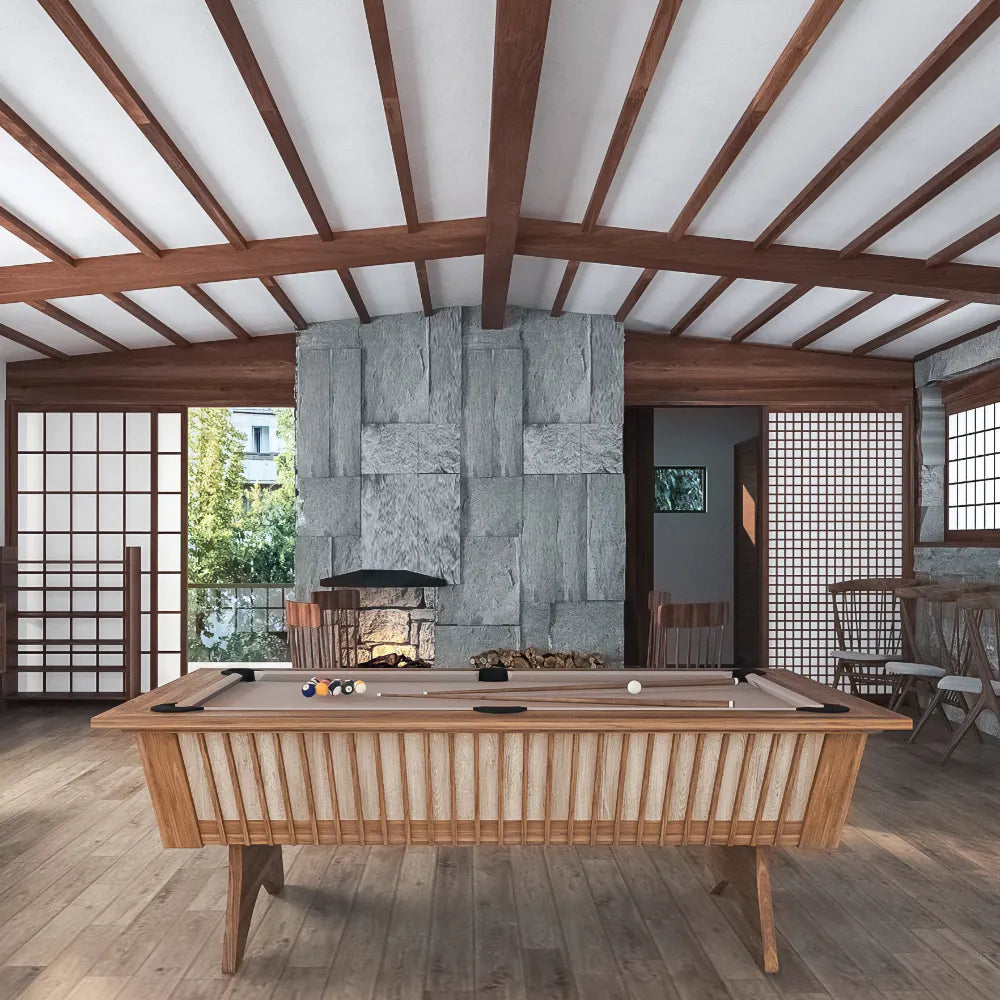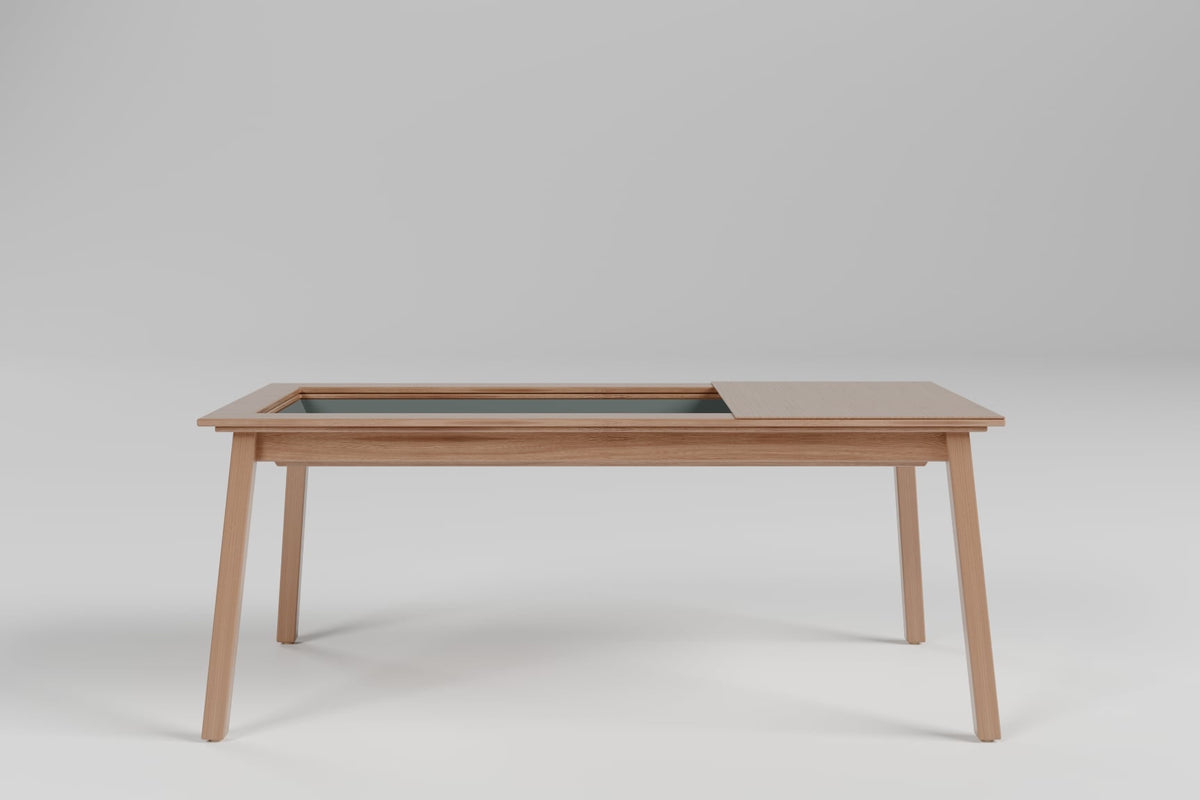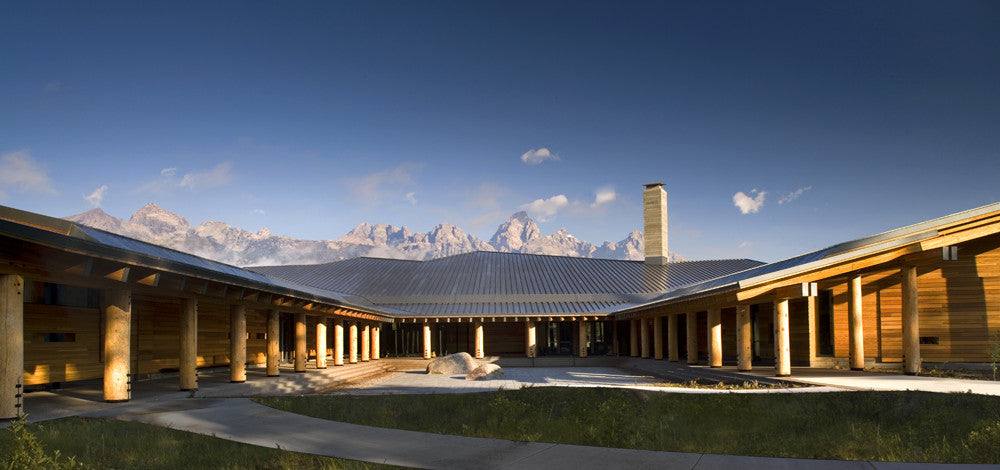History
The roots of parkitecture can be traced back to the late 19th century, particularly with the establishment of Yellowstone National Park in 1872, the first national park in the United States. The need for visitor accommodations led to the development of rustic lodges and facilities that would later define this architectural style.
The Old Faithful Inn, designed by architect Robert Reamer and completed in 1904, is often cited as the seminal example of parkitecture. Constructed from logs and stones, it featured a massive gable roof and a grand lobby with an impressive vaulted ceiling. This lodge set a precedent for future park buildings by integrating architectural design with natural elements, inspiring what would become known as the National Park Service Rustic style.
As the National Park Service (NPS) was founded in 1916, it began to formalize the principles of parkitecture. Influenced by movements such as Arts and Crafts and Prairie School architecture, parkitecture emphasized:
- Harmony with Nature: Buildings should blend seamlessly into their surroundings without overshadowing the natural beauty.
- Use of Local Materials: Structures were constructed using materials sourced from local environments, such as timber and stone.
- Cohesive Design: Similar architectural elements were used across various structures within a park to create visual unity.
- Natural Lines: Designs favored horizontal lines and avoided rigid, straight edges, echoing the organic forms found in nature.
Philosophy
The philosophy behind parkitecture is deeply rooted in environmental stewardship and aesthetic harmony. It embodies several key principles:
- Respect for Natural Landscapes: Buildings should enhance rather than detract from the natural scenery. This principle is critical in preserving the integrity of national parks.
- Sustainability: Modern interpretations of parkitecture increasingly focus on sustainable practices, using renewable resources and minimizing ecological footprints.
- Cultural Integration: Many structures reflect local cultural themes or historical contexts, further embedding them within their environments.
Parkitecture aims not only to provide functional spaces for visitors but also to foster an appreciation for nature through thoughtful design. This philosophy encourages visitors to engage with their surroundings while enjoying modern amenities.
Today
In the 21st century parkitecture continues to evolve. While traditional rustic designs remain prominent in many national parks, modern architecture has begun to incorporate advanced materials and techniques. A great example is the Craig Thomas Discovery and Visitor Center. Located in Grand Teton National Park, this center combines beetle-kill pine timber with expansive glass walls, allowing for stunning views of the landscape while maintaining a connection to natural materials.
Today’s architects are increasingly focused on sustainability, ensuring that new constructions minimize their environmental impact while enhancing visitor experiences. The resurgence of interest in using local materials reflects a growing awareness of ecological concerns and a desire to maintain aesthetic integrity within these treasured landscapes.
FAQ
1. What defines Parkitecture?
In essence its characterized by an emphasis on harmony with nature, use of local materials, cohesive design across structures within national parks, and avoidance of rigid lines. It aims to create buildings that complement rather than compete with their natural surroundings however possible.
2. How has Parkitecture evolved over time?
Initially rooted in rustic designs from the early 20th century, parkitecture has evolved to incorporate modern materials and sustainable practices. While traditional styles remain prevalent, contemporary projects often blend rustic aesthetics with modern architectural techniques to enhance both functionality and environmental stewardship.





0 comments